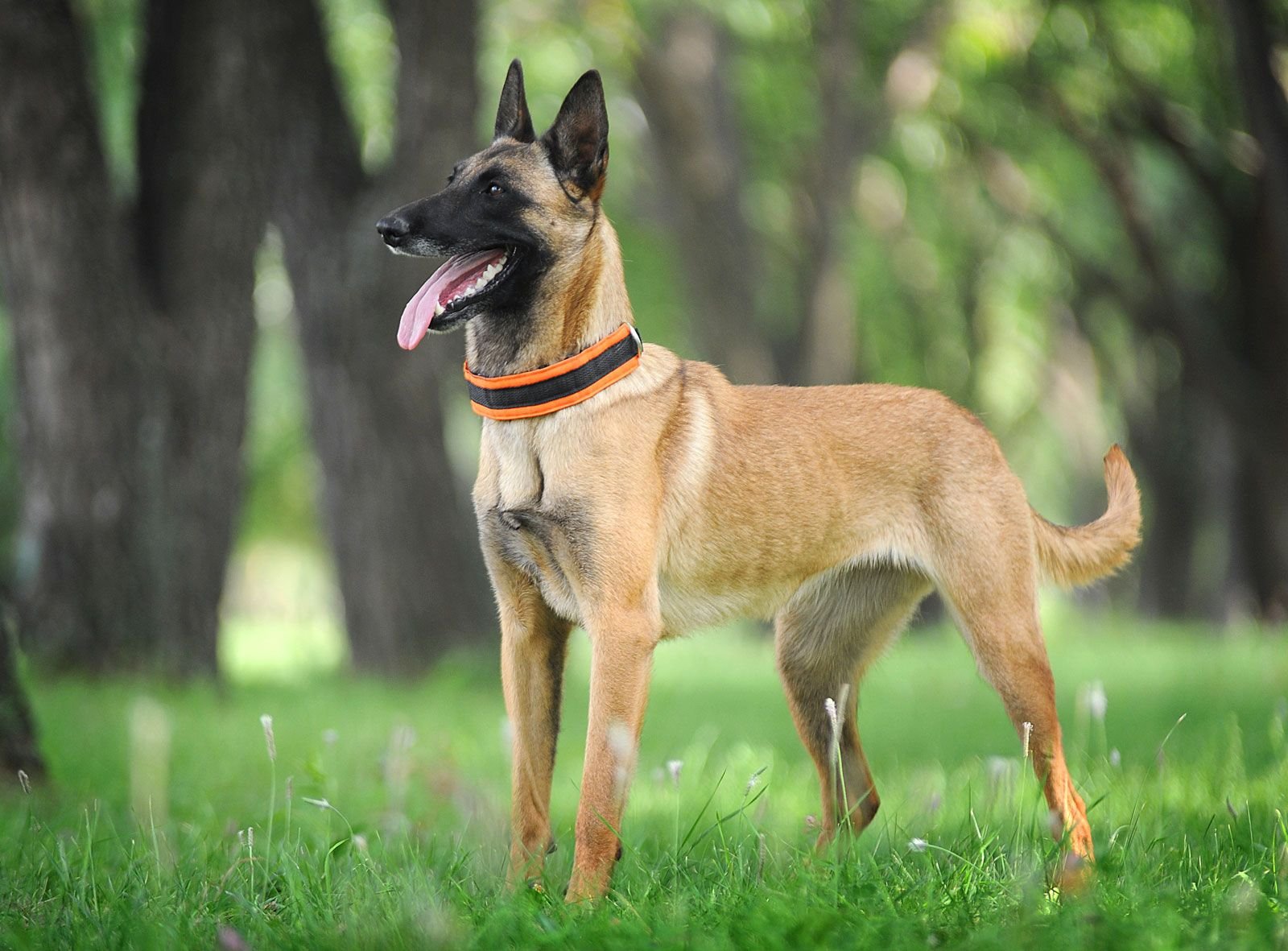
Everything You Need to Know About Belgian Malinois
Your comprehensive resource for Belgian Malinois care, training, health, and behavior. From puppy basics to advanced working dog techniques - we cover it all.
Search Results
Popular Categories
Discover the most sought-after topics about Belgian Malinois dogs
Advanced Behavior
Training
Health
Working Dogs
Nutrition
Puppy Care
Featured Guides
Expert-curated content to help you understand and care for your Belgian Malinois
About Belgian Malinois Directory
Welcome to the most comprehensive resource for Belgian Malinois owners, enthusiasts, and professionals. Our directory contains over 100 expert-reviewed articles covering every aspect of Belgian Malinois care, training, health, and behavior.
Expert Content
All articles are researched and reviewed by dog training and veterinary professionals.
Easy to Find
Advanced search and category organization help you find exactly what you need.
Made with Love
Created by Belgian Malinois enthusiasts for the community of owners and professionals.